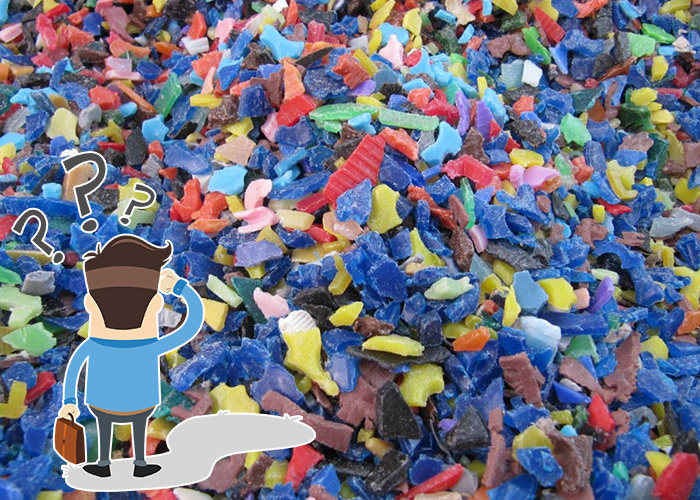What are the materials of waste plastic pyrolysis plant?
Industry News / Date:December 20, 2019
Waste plastic pyrolysis plant can convert waste plastic to high quality liquid oil through pyrolysis process. The liquid oil produced is of high quality as it can be used in multiple applications without any upgradation or treatment, so it is highly advisable. The materials the waste plastic pyrolysis plant can process include HDPE, LDPE, PP and PS. Some commonly used plastic may not suitable for the waste plastic pyrolysis plant, like PET and HDP. Here I will explain to you why.
 Waste plastics
Waste plastics
PET
PET plastics are mainly used for packaging of food products, fruit juice containers, mineral water bottles, soft drink bottles etc. PET plastics have other applications in the production of electrical insulation, printing sheets, magnetic tapes, X-ray and other photographic films. The extensive applications of PET plastics contribute huge amount of plastic waste that endangers the environment because of their disposal problems. However, it is not a good raw material for waste plastic pyrolysis plant, because the pyrolysis oil produced had acidic characteristic which is unfavorable to use in I.C. engines directly due to its corrosiveness that deteriorates the fuel quality.
HDPE
There are wide range of applications for HDPE. It is typically used for the production of milk bottles, detergent bottles, oil containers, toys and many more. It is the third largest plastic type found in MSW (Municipal Solid Waste). When the temperature is at 550°C the liquid oil yield obtained can reach 84.7% and gaseous product was found to be 16.3%.
 The six common used tyre of plastic
The six common used tyre of plastic
PVC
PVC is exceptional from other thermoplastics such as polyethylene, polystyrene and polypropylene and it is manufactured from the mixture of chlorine (57%) and carbon (43%). Due to the chlorine content, PVC have high fire resistance, and is suitable for electrical insulation. Waste plastic pyrolysis plant is not advisable for PVC plastic as it produce HCl fumes which is highly toxic when heated at high temperature.
LDPE
In comparison with HDPE, LDPE has more branching. LDPE waste is the second largest plastic waste in MSW after PP. At a temperature of 500°C, the liquid yield obtained from LDPE was 95% with low gas yield and negligible amount of char. It is really a good feedstock for waste plastic pyrolysis plant.
PP
PP have high chemical as well as heat resistance properties. It does not melt below than 160°C. PP has high hardness and rigidity which makes it preferable for plastic industry. Unlike HDPE, PP has a lower density. It is the largest contributor of plastics in MSW. The diversified applications of PP include making of flowerpot, office folders, car bumpers, buckets, carpets, various furniture, storage boxes etc. 82.12 % of liquid yield is obtained when the temperature is 500°C.
PS
Due to its reasonable durability, strength and lightness, PS is used in variety of applications including in food packaging, electronics, construction, medical, appliances, toys and many more. The only way for the recovery of PS waste is waste plastic pyrolysis plant which converted it into high quality liquid oil. 98.7 % of liquid oil was obtained at a temperature of 600°C.
 The liquid pyrolysis oil obtained from waste plastic pyrolysis plant
The liquid pyrolysis oil obtained from waste plastic pyrolysis plant
Now you should know which types of plastics are suitable for waste plastic pyrolysis plant. If you are still not sure whether your raw materials can be turned into oil by our waste plastic pyrolysis plant, you can consult us and our engineer will give you a definite answer and the best solution.
Request Information
Send your inquiry for further information





